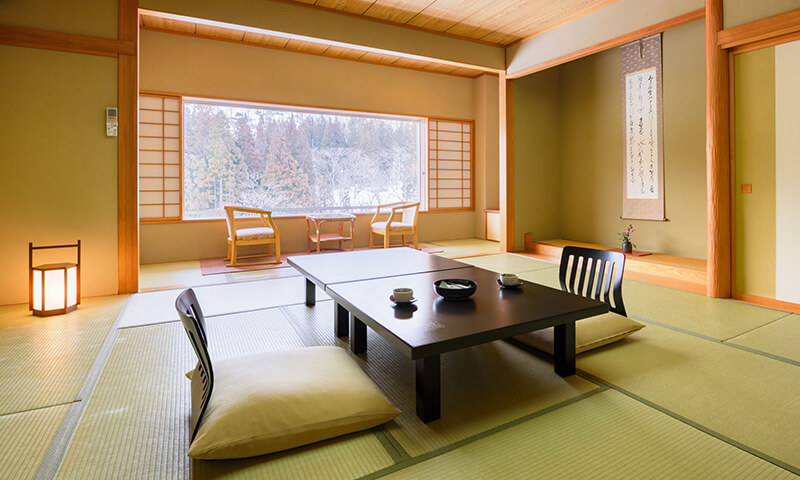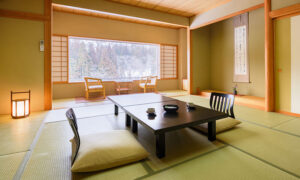
Tatami mats
Tatami mats are an essential component of martial arts training spaces and traditional Japanese homes. Their unique blend of comfort, durability, and cultural significance makes them a popular choice for both practice areas and living spaces. However, to ensure that your tatami mats last for years, proper care and maintenance are crucial. In this blog, we will explore the best practices for caring for and maintaining your tatami mats to extend their longevity and keep them in excellent condition.
1. Regular Cleaning to Prevent Dirt Buildup
Keeping your tatami mats clean is one of the simplest yet most effective ways to preserve their quality over time. Dust, dirt, and debris can accumulate on the surface of the mats, especially in training spaces where constant foot traffic is present.
Vacuuming
To remove loose dirt and debris, regularly vacuum your tatami mats using a soft brush attachment. Vacuum in the direction of the mat’s weave to prevent damage to the fibers. Avoid using a vacuum with strong suction or a rotating brush, as this can potentially damage the surface.
Wiping Down the Surface
In addition to vacuuming, it is important to wipe down your tatami mats periodically with a damp cloth. Use only water or a very mild, non-abrasive cleaner. Harsh chemicals or cleaning agents can erode the fibers and reduce the mat’s lifespan. Gently wipe in the direction of the weave and allow the mat to air dry completely before using it again. This practice will help remove sweat, oils, and dust, keeping the mats clean and hygienic.
2. Avoid Excessive Moisture
Tatami mats are highly sensitive to moisture. Excessive moisture can cause mold and mildew to grow within the mat, leading to unpleasant odors, discoloration, and even damage to the mat’s structure. To prevent this, avoid exposing your tatami mats to water and damp environments.
Drying After Cleaning
After wiping down the mat with a damp cloth, ensure it is dried thoroughly. You can either air dry it by keeping windows open to promote ventilation or use a fan to speed up the drying process. In particularly humid environments, it may be helpful to use a dehumidifier to remove excess moisture from the air and protect your tatami mats.
Spill Management
In the event of a spill, act quickly to prevent the liquid from seeping into the fibers. Use a dry cloth to blot the liquid, then wipe the surface gently with a damp cloth to clean the area. Again, ensure the mat is thoroughly dried afterward to prevent any moisture from settling inside the mat.
3. Rotate Your Mats for Even Wear
In martial arts training spaces, certain areas of tatami mats may experience more wear and tear than others. For example, areas where throws, grappling, or heavy footwork take place may wear out faster than other parts of the mat. To ensure even wear across the entire mat, consider rotating your tatami mats every few months.
This practice will help distribute the stress more evenly and prevent one section of the mat from becoming overly worn or compressed. This can be particularly helpful in areas where daily training takes place, as it extends the overall lifespan of the mat.
4. Protect Against Sunlight and Heat
Tatami mats are made from natural fibers, and excessive exposure to sunlight or heat can cause them to fade, become brittle, or warp over time. To prevent this type of damage, try to keep your tatami mats out of direct sunlight whenever possible. If your mats are installed in a room with large windows, consider using blinds or curtains to block UV rays during peak hours.
Similarly, avoid placing tatami mats near heat sources such as radiators, space heaters, or fireplaces. Heat can dry out the fibers, leading to cracking and a shorter lifespan for the mats.
5. Proper Storage When Not in Use
If you use tatami mats in a temporary or multi-purpose space, proper storage is essential to maintaining their shape and quality. When not in use, store your mats in a dry, well-ventilated area. If you need to stack or store multiple mats, avoid placing heavy objects on top of them, as this can lead to compression and uneven surfaces.
For rolled tatami mats, ensure they are stored upright to prevent warping. If possible, wrap them in a protective cover to prevent dust accumulation while in storage. Storing your mats correctly helps them retain their shape and ensures they remain ready for use when needed.
6. Addressing Minor Damage
Over time, tatami mats may develop minor signs of wear such as fraying edges, loose fibers, or small tears. Addressing these issues promptly can prevent further damage and prolong the lifespan of your mat.
For small tears or frayed areas, use adhesive fabric or specialized mat repair tape to secure the fibers and prevent the damage from spreading. If your tatami mats have developed creases or dents, try placing a heavy object on the area to flatten it out, ensuring the surface remains smooth and even.
Conclusion
Tatami mats are a valuable addition to any martial arts training space or home, offering both functionality and aesthetic appeal. However, like any investment, they require proper care and maintenance to ensure long-lasting durability. By keeping your tatami mats clean, avoiding excessive moisture, protecting them from sunlight, and storing them correctly, you can extend their lifespan and continue to enjoy their benefits for years to come.
Whether you’re using tatami mats for martial arts or traditional purposes, taking the time to care for them properly will ensure they remain in optimal condition. With regular maintenance and attention to detail, your tatami mats can provide a safe and comfortable surface for training or living spaces while maintaining their traditional beauty and durability.




